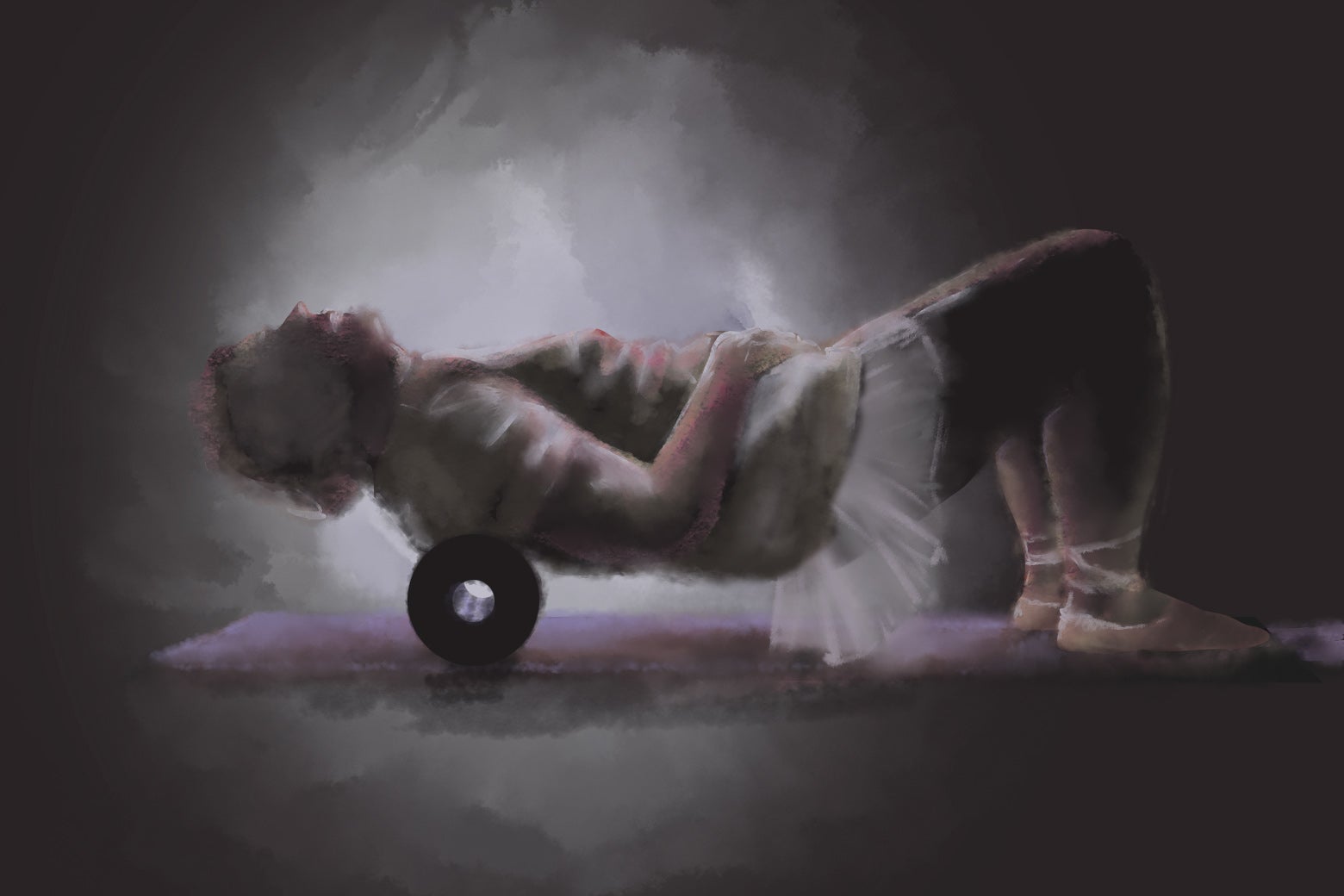
"It might have become a hobby-a once-or-twice-a-week, "just for fun" activity that I eventually would have replaced with a ceramics class or relearning my long-forgotten college French. Enough of that, I might have come to feel about ballet after another year or two, the same way I came to feel about other things I'd loved: darkroom photography, voice lessons, poker, swimming laps, songwriting."
"Or of my glacial progress (inevitable, given that I'd started at the age of 62). Or of all the times I did make progress, but then after having to sit out for weeks, having managed yet again to hurt myself, I found that I was right back where I'd started-that over-90-degree grand battement à la seconde I'd been so proud of finally achieving, that nicely aligned and lifted attitude derrière I'd worked so hard on, gone, just as if they'd never happened."
Ballet practice began at age 62 and persisted for over eight years. Consideration existed that ballet might become a casual hobby or be replaced by other pursuits. Repetition, slow progress, and recurring injuries produced setbacks that sometimes erased accomplishments. Travel interruptions and accumulated responsibilities occasionally reduced practice time. Pandemic lockdowns required solitary Zoom classes and studio reopenings included limited, masked sessions with spaced barre slots. Despite these obstacles, ballet remained a daily discipline at age 70, often involving multiple classes per day and ongoing commitment to technique and recovery.
Read at Slate Magazine
Unable to calculate read time
Collection
[
|
...
]